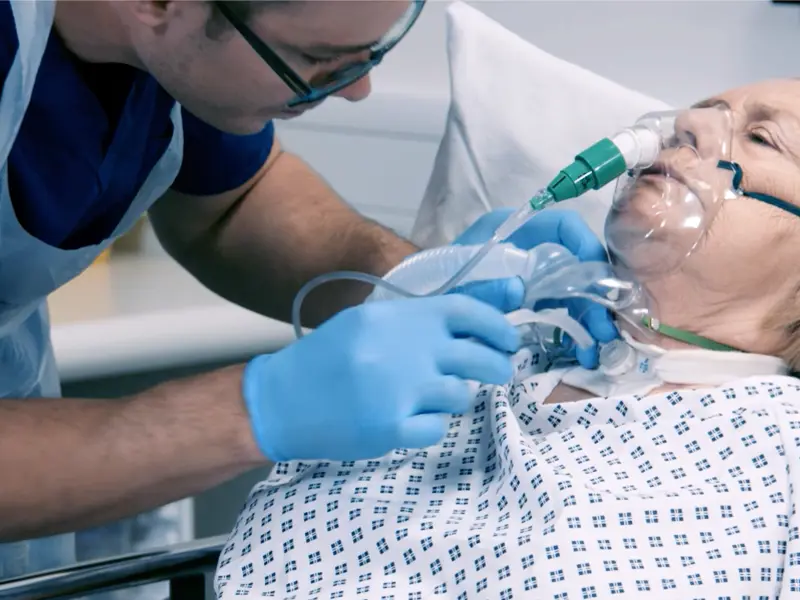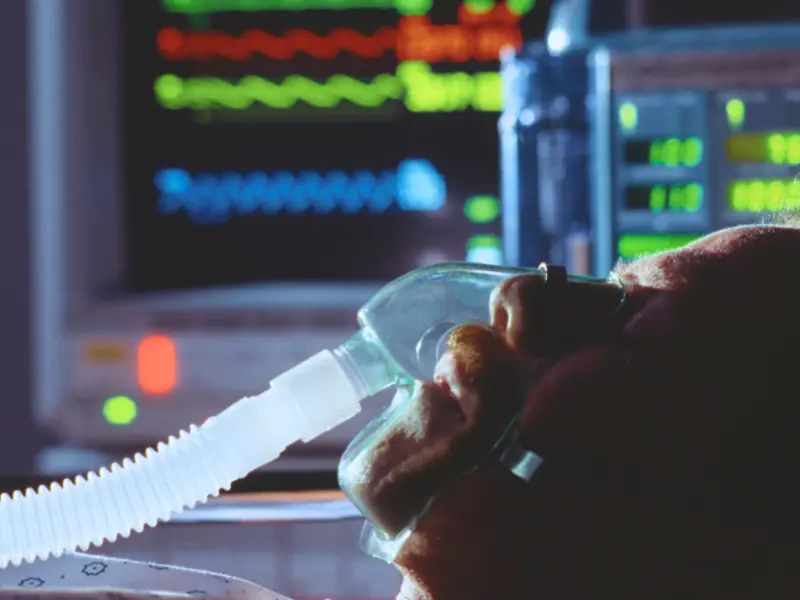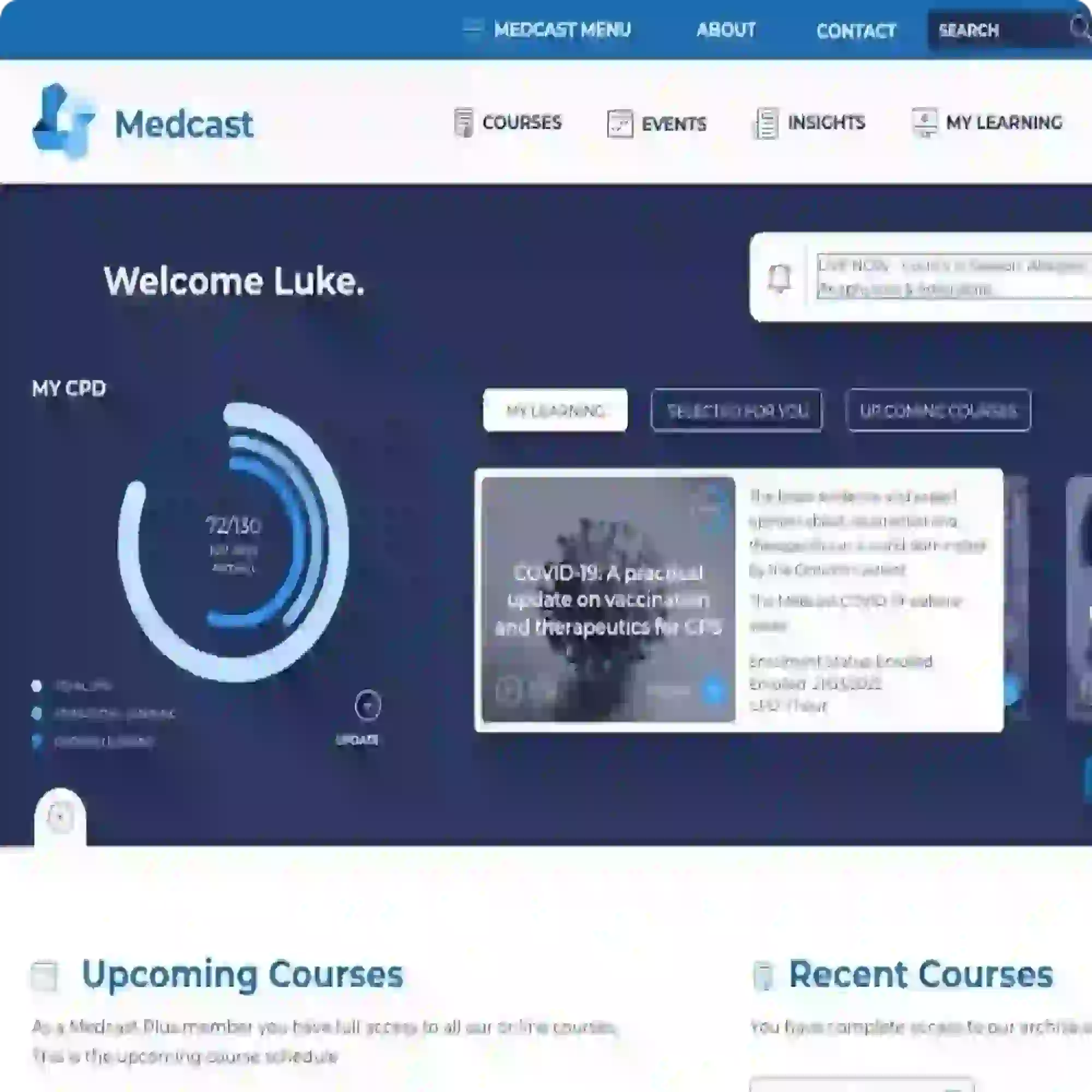Medcast news and blog
High Performance CPR
Successful resuscitation attempts rely on the optimisation of cerebral and coronary perfusion. For this to occur it is important to work like a NASCAR pit crew and deliver high performance CPR.
READ ON
You are working in ED and have received a call from Pathology regarding blood results that you took earlier on Lauren, who is 18 years old and 30 weeks pregnant with her first child. Discover the diagnosis behind Lauren's abnormal blood results and learn the symptoms, risks, and management of this life-threatening obstetric emergency.

Explore the critical role of graded assertiveness in healthcare communication, empowering teams to improve patient safety. Assertive communication fosters collaboration and accountability, navigating complexities within hospital settings effectively to create a culture of safety.

CRM principles grew from the airline industry's crew/cockpit resource management. A key aspect of these principles is using all available information and knowing your resources. Checklists have been a key feature for the airline industry and anaesthesia, but checklists are only as good as the training of the people using them.

In this article we explore the stages of drowning, CPR's role in a patient's rescue and innovative resuscitation techniques for improved patient outcomes.

You are caring for two non-ventilated patients in ICU when your patient Sylvia’s monitor starts alarming as her SpO2 is 89%. Her monitor shows that she is also tachycardic with a heart rate of 130/ min, and her respiratory rate has increased to 30/ min. What actions should you take?

Beth reports sudden chest discomfort radiating to her left arm, along with nausea and sweating. Examining her additional symptoms, should a 12 lead ECG be prioritised?

Jane is drowsy following her appendectomy. In this case study, interpret her ABG to determine the cause.

In this urgent scenario, Carl's respiratory distress prompts the question of rapid sequence induction. The case includes impending airway compromise, the risks of an unprotected airway, and key elements for successful intubation. A challenging airway situation unfolds.

A 67-year-old male with a history of hyperlipidaemia and hypertension, presents with dizziness. He has a fast atrial rate and irregular heart rhythm. This article highlights causes, risk factors, complications, and management strategies, emphasising stroke prevention through anticoagulation and lifestyle modifications.
